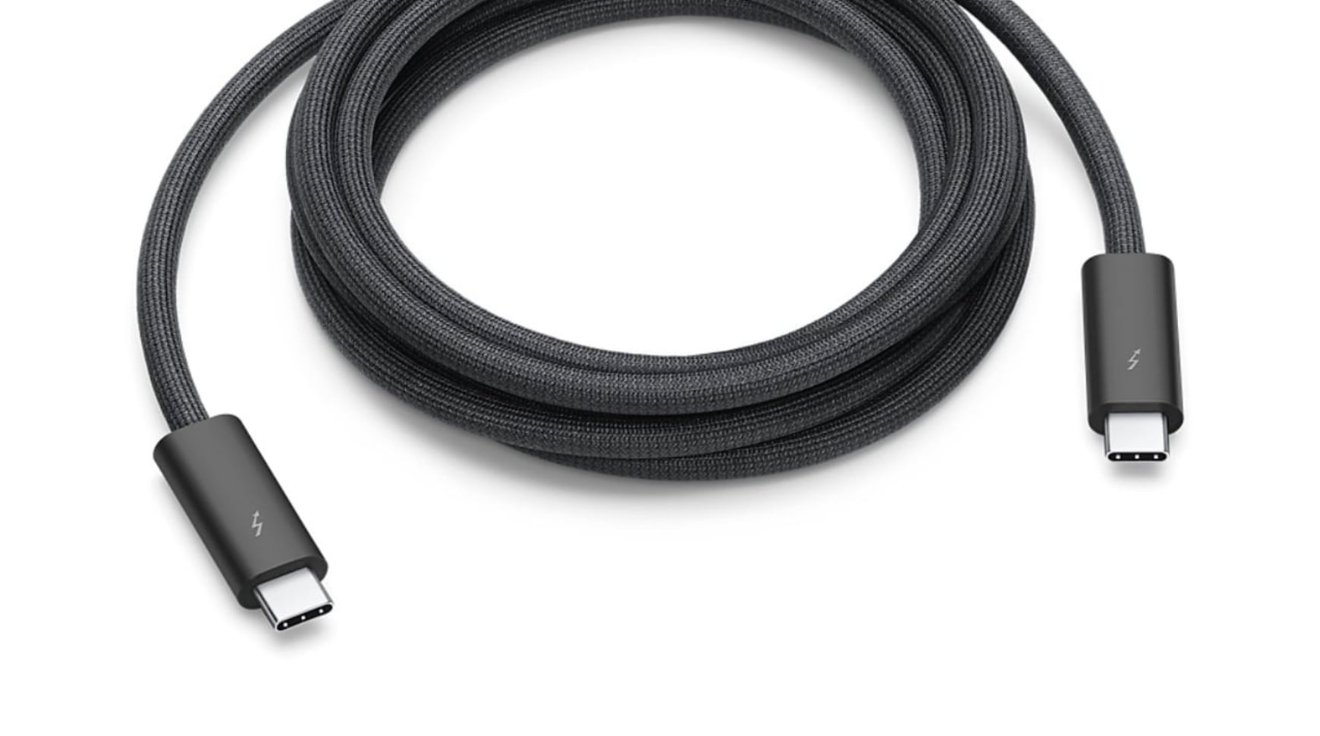
Researchers are working on a cabling system that can provide data transfer speeds several times faster than existing USB connections using an extremely thin polymer cable, in a system that mirrors Thunderbolt’s design path.
The research, presented at the IEEE International Solid-State Circuits Conference in February, aims to develop a connection type that offers much better connectivity than current methods. In part, it tries to achieve this by replacing copper wiring with something else.
Copper is most commonly used for cables such as USB and HDMI to handle data transfers, but it requires a lot of power to operate for high levels of data transfer. “There is a fundamental tradeoff between the amount of energy burned and the speed of information exchanged,” said MIT alumni and lead author Jack Holloway.
While the “increasingly bulky and expensive” copper could be replaced by fiber optic cables, it poses its own problems. Because silicon chips are difficult to deal with photons, the connection between the cable and the computers becomes more challenging to optimize.
According to Holloway, “there are all kinds of expensive and complex integration schemes, but it’s not a great solution from an economic perspective,” which led developers to create their own version.
By combining the advantages of copper and glass fiber tubes, the researchers use a plastic polymer. This makes manufacturing cheaper than copper wires, which can be attractive to cable manufacturers.
The polymer can also use sub-terahertz electromagnetic signals, which is more energy efficient than copper at high data loads. This efficiency is believed to bring it close to that of fiber optic systems, but crucially with better compatibility with silicon chips.
Inexpensive chips combine with the polymer line that can generate the high-frequency signals powerful enough to be sent directly into the line. As such, the system is expected to be manufactured using standard methods which also makes it cost effective to manufacture.
The cables themselves can also be extremely thin, with the cross-section of the joint measuring 0.4 millimeters by a quarter of a millimeter, smaller than typical copper variants.
That tiny hair-like cable can be used to carry data across three different parallel channels, giving it a total bandwidth of 105 gigabits per second. Bundling leads together allows the cables to get into the terabit-per-second range, while still remaining at a reasonable cost.
Echoes from Thunderbolt
The system, which uses chips on both ends of a cable, uses a relatively similar concept to Thunderbolt cables, albeit with a different cable tray in use. In any case, chips in the cable are used to manage data entering the cable at one end and the other, while also handling interfacing with the conduit itself.
It seems plausible that such a system could be used for a future Thunderbolt-like connection, allowing it to go well beyond the current 40Gbps upper limit.
Another connection to Thunderbolt is research funding. While Thunderbolt was developed by Intel and Apple, the unnamed polymer research was also funded by Intel, in addition to Raytheon, the Naval Research Laboratory, and the Office of Naval Research.